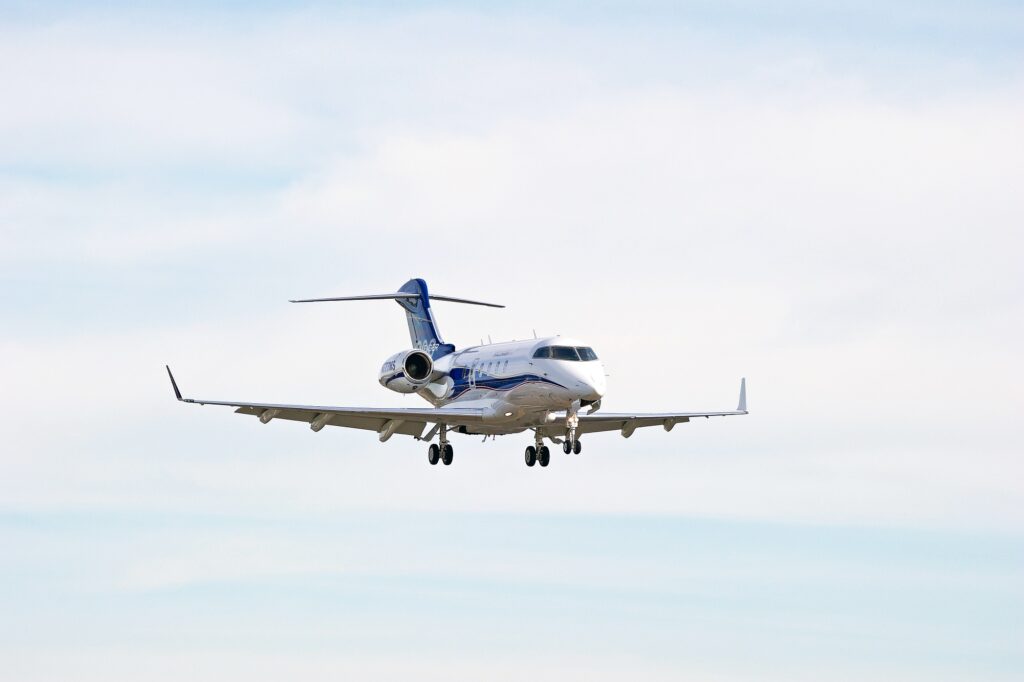A preliminary report from the National Transportation Safety Board (NTSB) has indicated that the death of a female passenger on board a Bombardier private jet was not caused by turbulence.
Dana J. Hyde, 55, from Maryland died from injuries sustained on March 3, 2023, while traveling from Keene, New Hampshire, to Leesburg, Virginia.
It was originally suspected that Hyde, who had worked for both the Clinton and Obama administrations, was killed after turbulence aboard the Bombardier Challenger 300.
The NTSB has now released further details regarding the incident with new information on the events preceding Hyde’s death.
The crew told investigators at around 6,000 feet that system alerts indicated there was an issue with the stabilizer trim, which helps keep aircraft stable.
Referring to the plane’s quick reference handbook the crew moved the stabilizer trim switch, located on the center console, off.
As soon as the switch position was moved, the airplane abruptly pitched up, and then proceeded in a “negative vertical acceleration” before pitching up again.
The crew managed to regain control after the stabilizer trim was switched back to the primary position.
The lead pilot told the NTSB, “He had no problem manually flying the airplane after the in-flight upset, nor did he experience any abnormalities trimming the airplane using the manual pitch trim switch, located on the control column, at any point during the flight.”
Shortly after gaining control the plane’s crew were advised that a passenger had been injured and air traffic control was notified of the medical emergency.
Upon landing paramedics entered the airplane and subsequently transported the injured passenger to a nearby hospital. The passenger succumbed to her injuries later in the day at the hospital.
The flight crew reported that they did not experience any remarkable turbulence during the flight, nor during the time immediately surrounding the in-flight upset event.
According to the Federal Aviation Authority (FAA) the lead pilot had accumulated 5,061 total flight hours, and 88 hours in the Challenger 300.
The secondary pilot had accumulated 8,025 total flight hours, and 78 hours in the same jet.
In October 2022, both pilots completed initial ground and simulator training and earned their “pilot in command” type rating in the Challenger 300.

